Written by Lorrie Reynolds
Categories
How Can Teaching Tricks Help with Agility?
I’ve always taught all of my dogs the basic tricks – shake, sit pretty, roll over, and a few more. A few years ago, while recovering from knee surgery, I got into trick training in a BIG way. I discovered Do More With Your Dog and became a Certified Trick Dog Instructor so I could start helping people learn how to teach their dogs tricks.
Tricks Are a Low-Stakes Game
When we are working with our dogs on agility exercises or at a trial, and something “bad” happens, like a missed contact or a knocked bar, it is natural for us to unconsciously transmit our disappointment through a change in body language. Dogs are so attuned to us that even something as small as a sigh or slumped shoulders can affect their confidence.
When we are teaching agility, we tend to strive for perfection. We want that perfect 2-on/2-off contact or the perfect wrap on a jump. We put a lot of emphasis on getting things just right, because there are concrete things we need to do on course to avoid incurring faults. That puts a lot of pressure on both halves of the team.
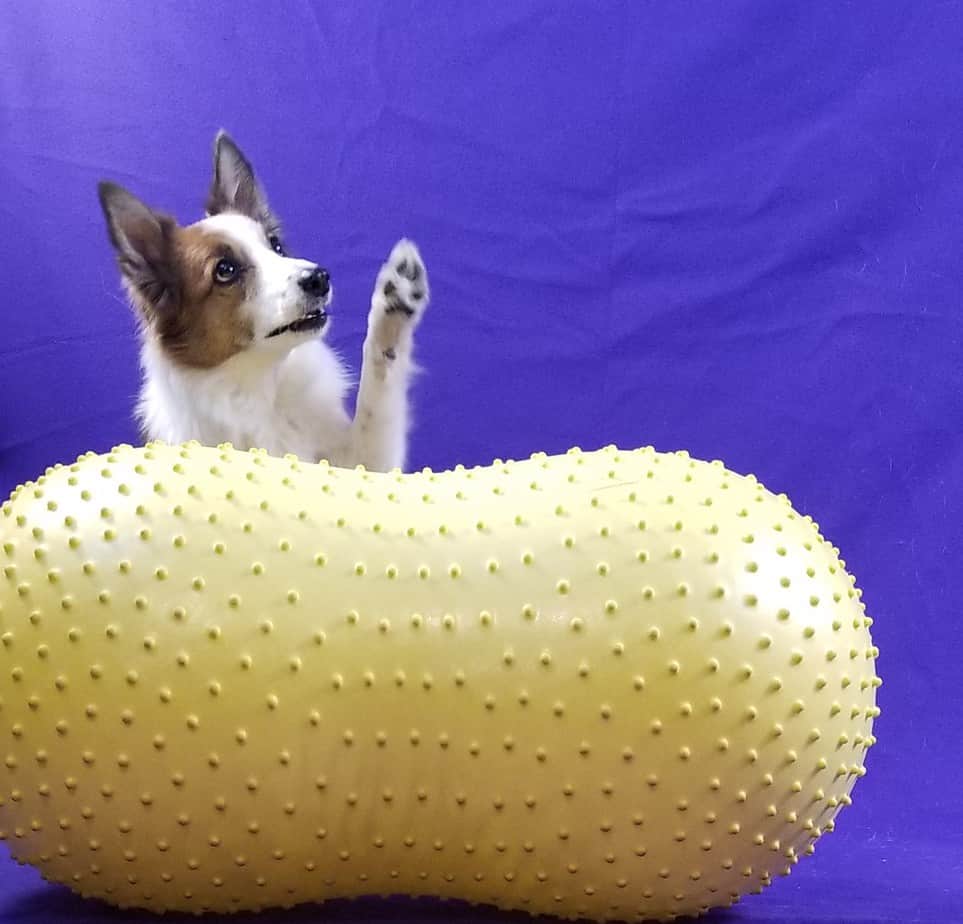
Tricks have no concrete criteria. Nobody cares if your dog crosses their front paws when they sit pretty, or backs up a little crooked. You just reward the effort and work on backing up straighter. Trick training changes the whole paradigm because we are teaching “fun” or “cool” things to OUR standards, not to a set of rules. It takes a lot of the pressure off of the team and makes training more of a game. We brush off any “mistakes” and try again.
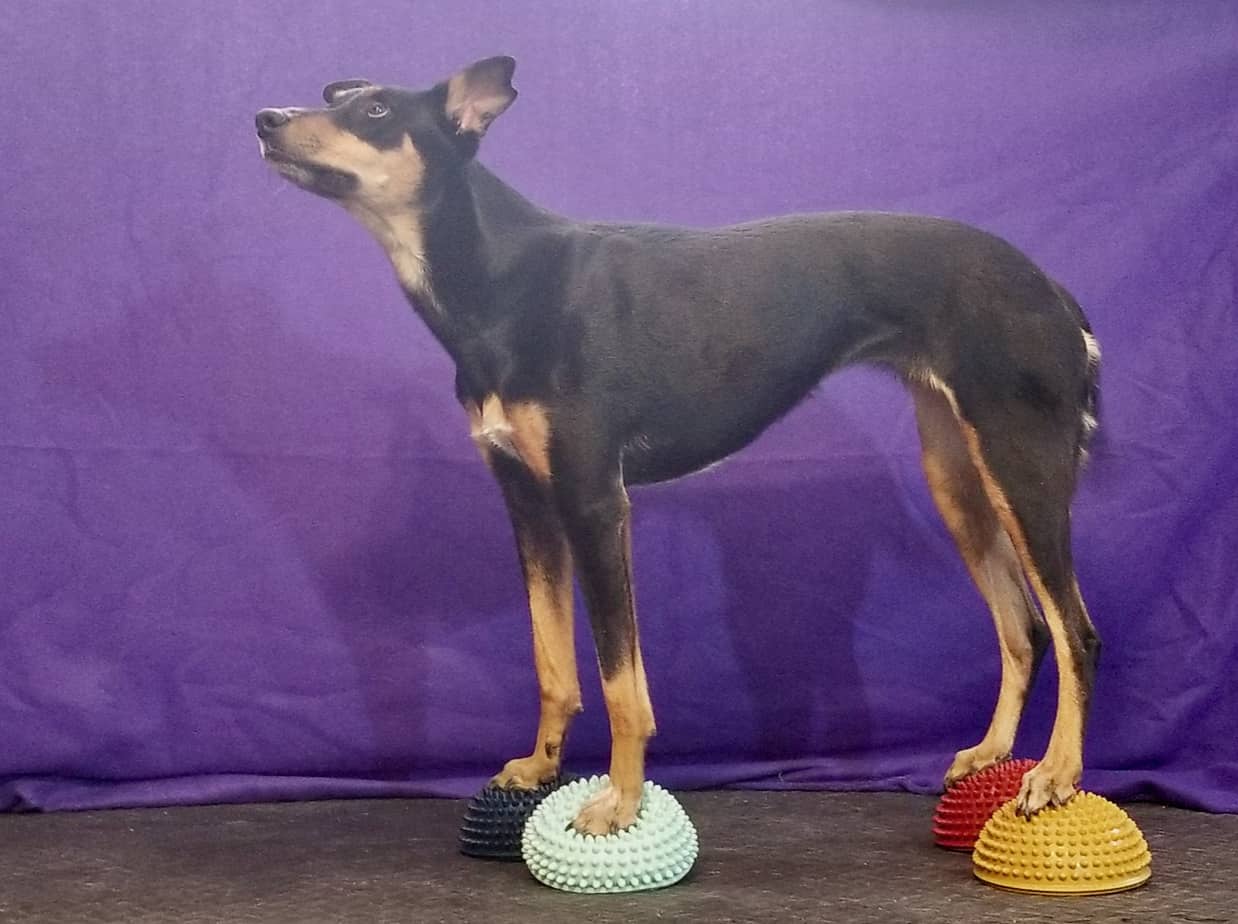
Trick Training Mistakes are Feedback, Not Failure
Most people have a different view toward teaching tricks than they do toward teaching agility. We typically train shorter duration behaviors with tricks than we do agility, so the rate of reward is high. We can ask for 30 different repetitions of something in a five-minute training session, Dogs learn that it’s fine to make an error, because that just means they get another opportunity to earn a treat. That helps build confidence in the dog rather than degrade it.
Tricks Build Skills Needed for Agility
Dogs need coordination, balance, and body awareness for agility. Many tricks build these skills, in a fun and low-stress way. For example, the wobble board has no set criteria for “success” other than the dog getting on and off and being able to balance. It teaches the dog to cope with movement under his feet, builds muscle, and helps with balance. All of these skills are essential for performing the teeter.
Practical Applications of Tricks in Agility
Tricks are not only valuable for the foundation behaviors we need for agility, they also make our agility journey easier. Basic skills like going around a cone teach dogs to pay attention to your body language. Control positions like down or sit make the start line easier and help the dog with self-control on contacts. Teaching your dog to drive to a target or mark bucket is useful if you are teaching behaviors at a distance. Many of the tricks we teach can be used to improve our skills in agility.
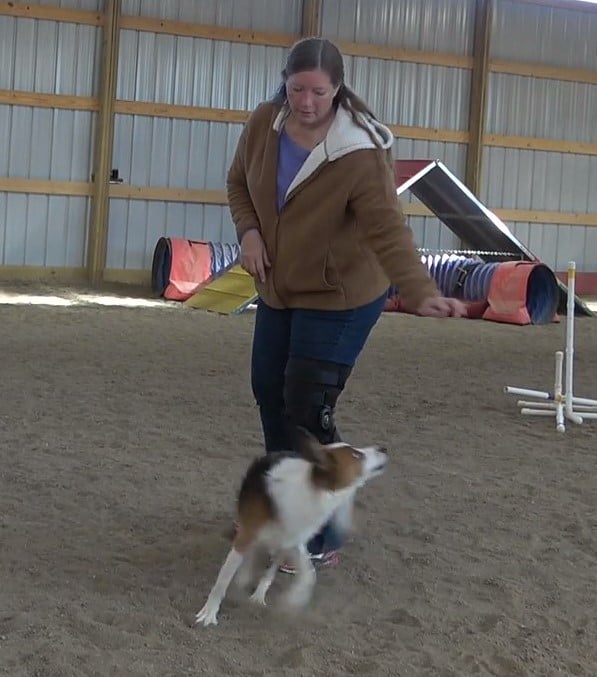
Tricks Help Agility Dogs Learn to Learn and Generalize
The more a dog learns, the easier it is to learn the next thing. Learning is a skill. Just as you wouldn’t put a Kindergarten kid into a college class and expect her to understand how to take notes and follow along, you wouldn’t try to teach a brand new puppy to navigate the weave poles (both because of the physical stress and because it is a complex behavior). Dogs have to learn to offer behaviors, to follow a lure, and that a click or yes means they get a treat. Teaching dogs simple behaviors, so they learn to learn, helps prepare them to learn more complex behaviors.
When a dog first starts training, they don’t generalize well. If you teach them to hop up on a table in your training room, they they have to relearn how to hop up on a table in your basement, or at a training facility. “He can do it at home” is one of the most common things instructors hear. The primary reason is the dog hasn’t learned that “table means table” regardless of the situation. Environmental distractions are also a factor.
The more things you teach your dog, and have them perform those simple behaviors in multiple locations, the easier it is for them to generalize complex behaviors in different locations, like an agility trial.
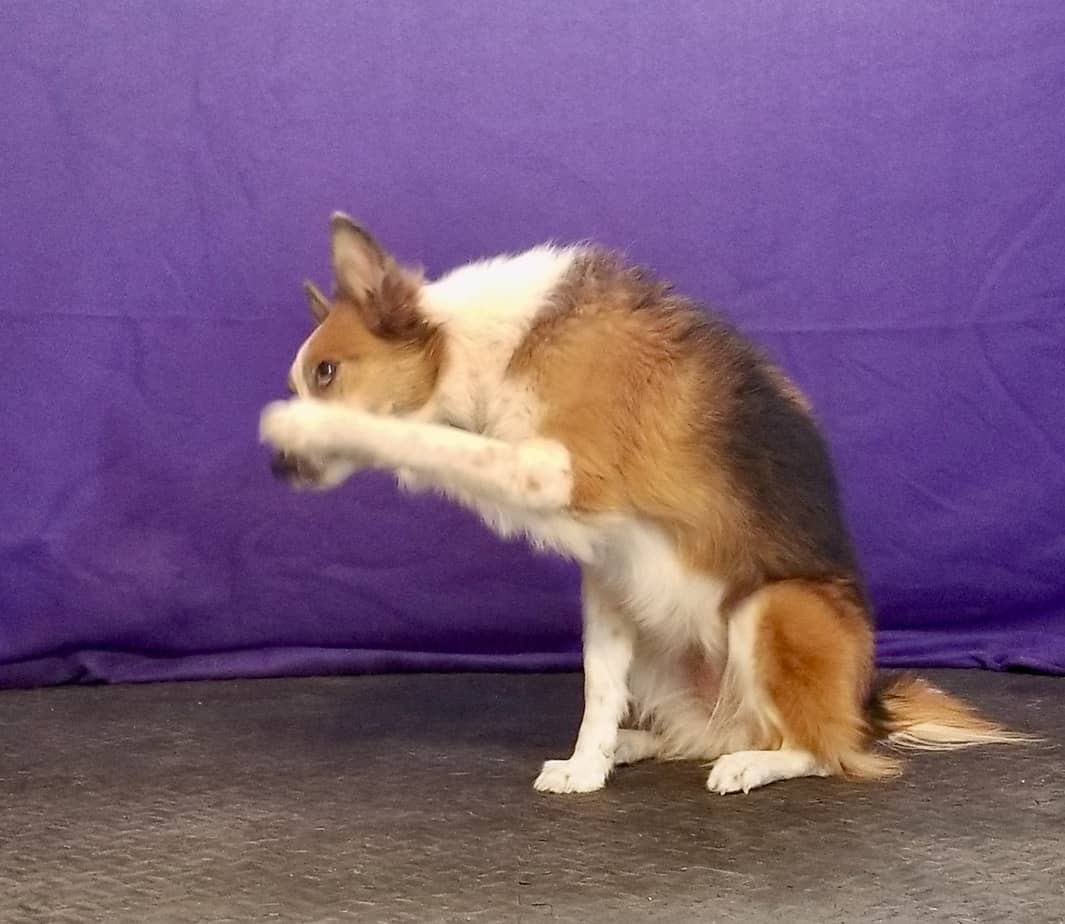
Tricks Let Handlers Identify Learning Styles
Teaching simple tricks can tell you a lot about your dog’s learning style. From simple things like whether they prefer to use their paws or their jaws to manipulate things to what reward frequency do you need to maintain your dog’s motivation can all be learned through trick training. Is your dog a thinker, who likes to puzzle things out before moving, or a doer, who tries a lot of things before hitting on the right answer? That can be answered through trick training.
Tricks Build Your Relationship and Your Dog’s Confidence
The more pleasurable activities we do with our dogs, the stronger our bond gets. The more consistent we are with cues, reward frequency, and expectations for improvement, the more trust we build. Our working relationship with our dogs depends on them knowing we are consistently going to give the same cues, with the same expectations, and resulting in rewards for their efforts. Teaching simple things builds that working relationship so we have a strong team when we train more complex behaviors like agility.
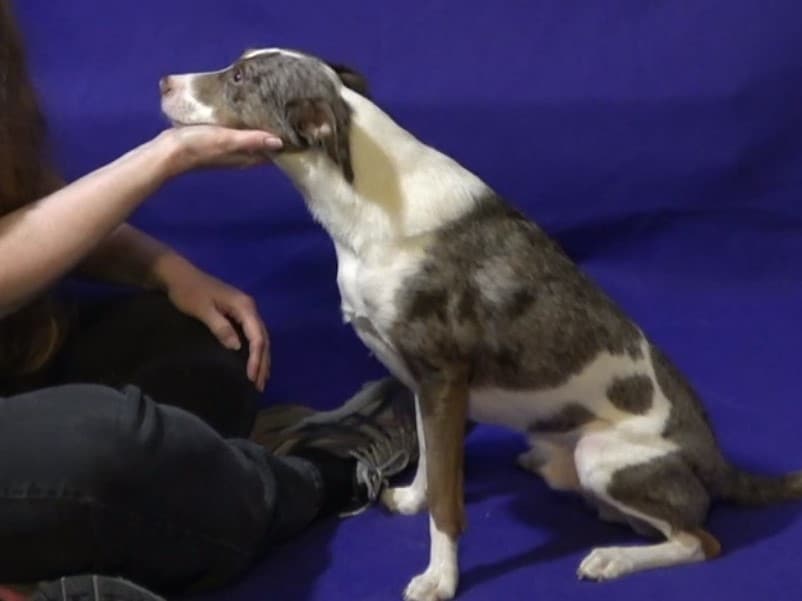
Today’s Tip
Train your agility dog to perform tricks as a way to learn about their learning style, strengthen your bond, build their confidence, and make your agility journey easier with foundations and training tools.
If you’ve got an agility dog, check out Essential Tricks for Agility Dogs! It includes tricks that every agility dog should know to be successful on and off the field.
You Might Also Like…
Five Ways to Crush It at Your Next Dog Agility Seminar
Going to a dog agility training seminar? Check out these five tips to maximize your return on investment!
Read This Before Deciding on Your Agility Dog’s Contact Performance
Which contact performance, running or stopped, is right for your team? The answer might surprise you.
Is Your Agility Dog a Pinto or a Ferrari?
If you’ve moved up from a slow or moderately-fast agility dog to a speed racer, here’s some advice to make your life easier.
Get tips, stories, discounts, and early notification of events and new courses delivered straight to your inbox! Join the community!

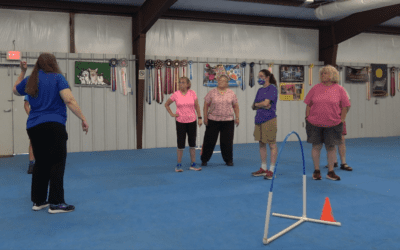
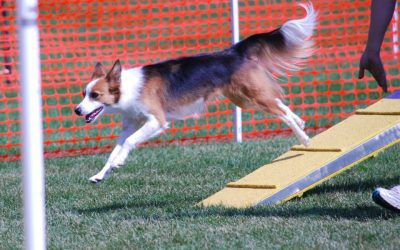
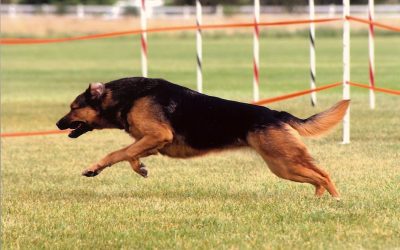
0 Comments